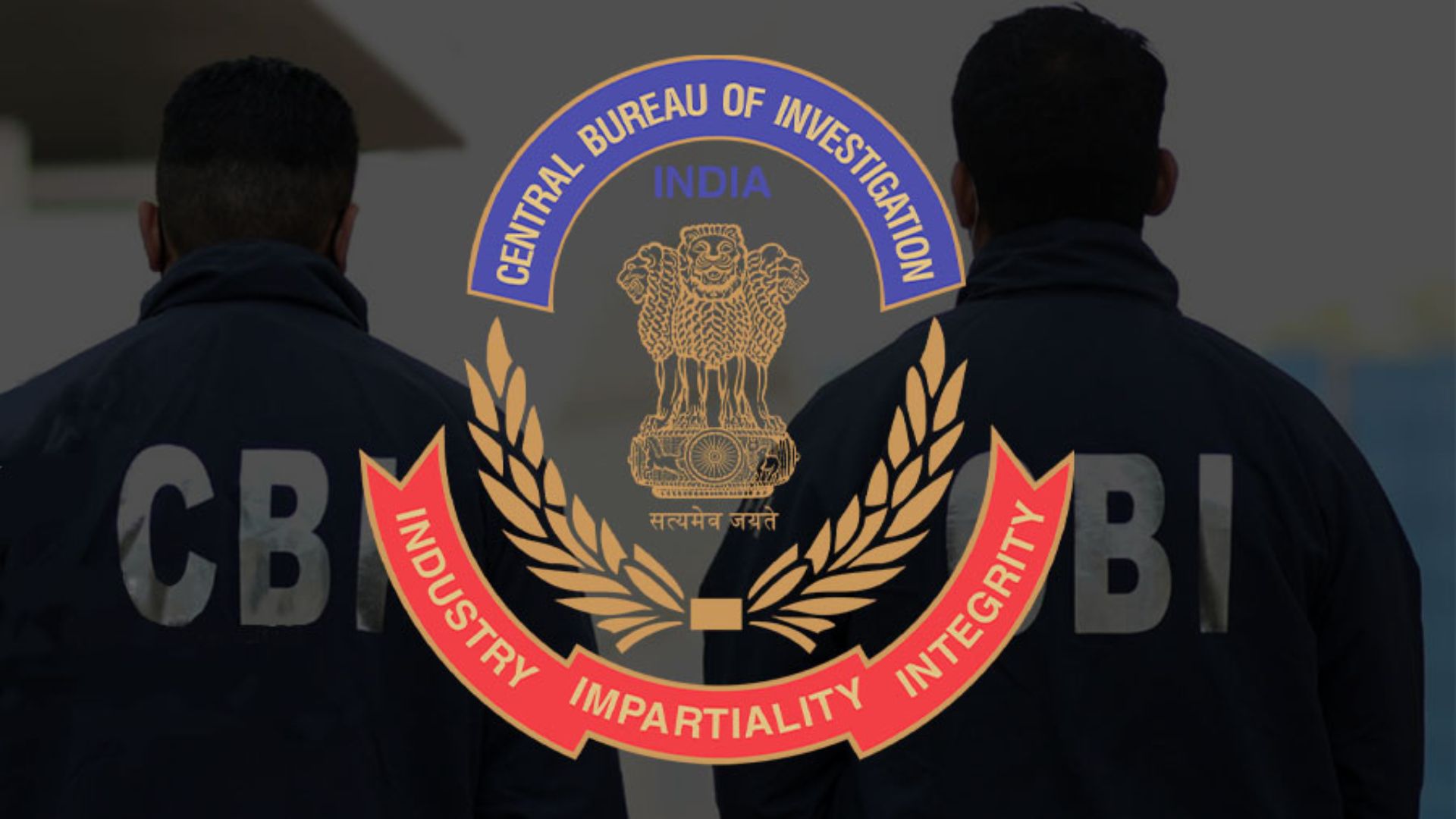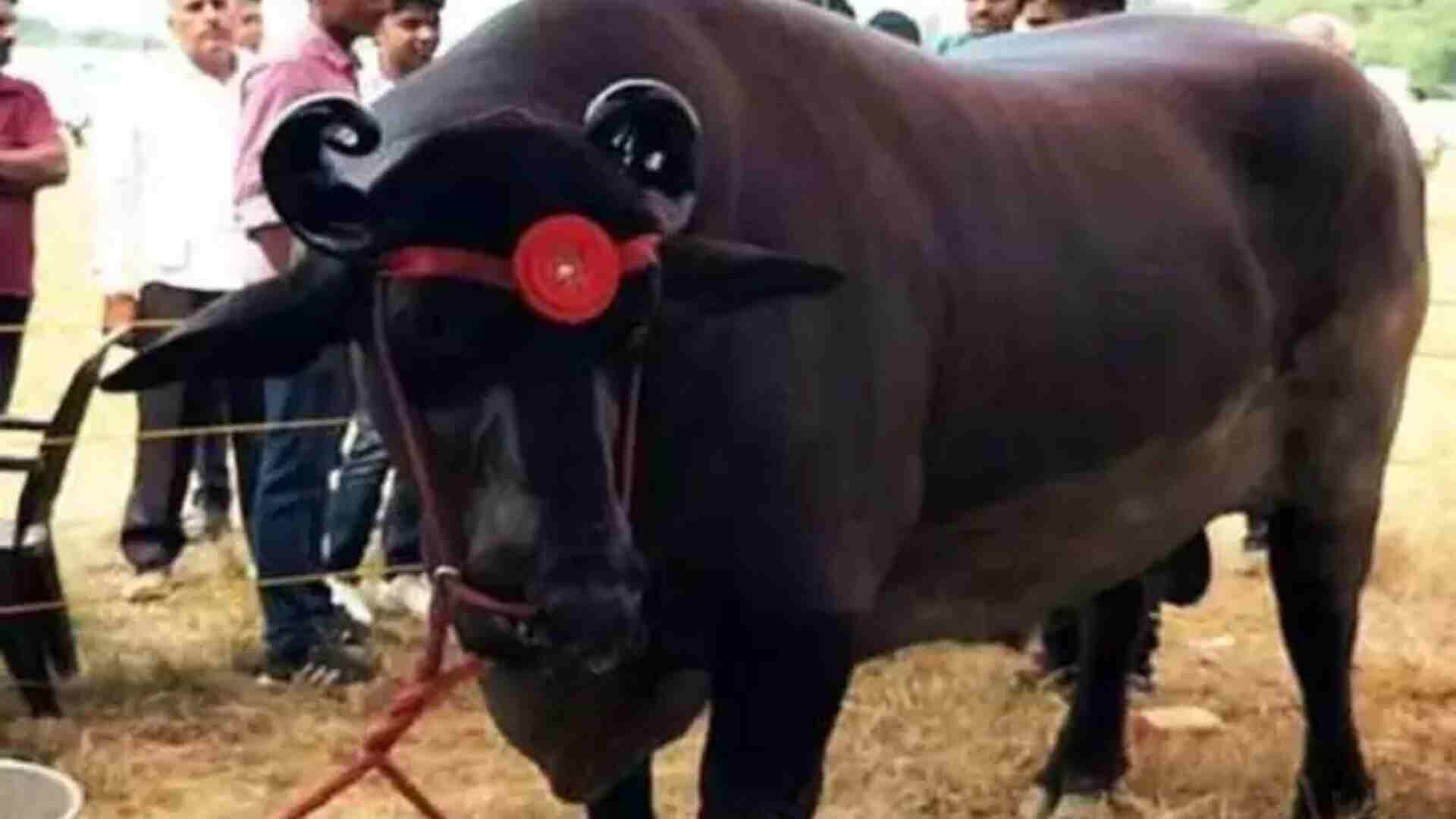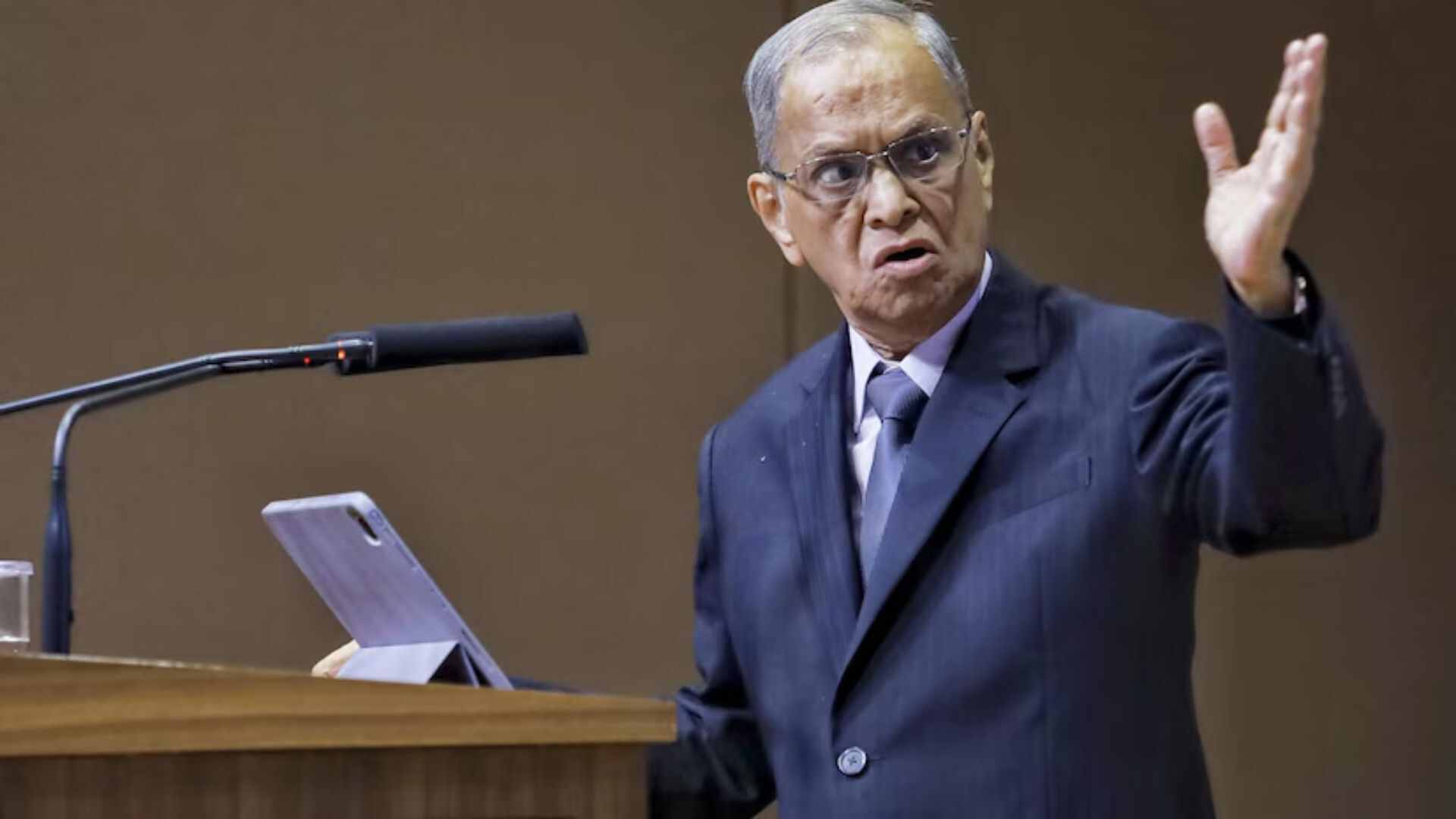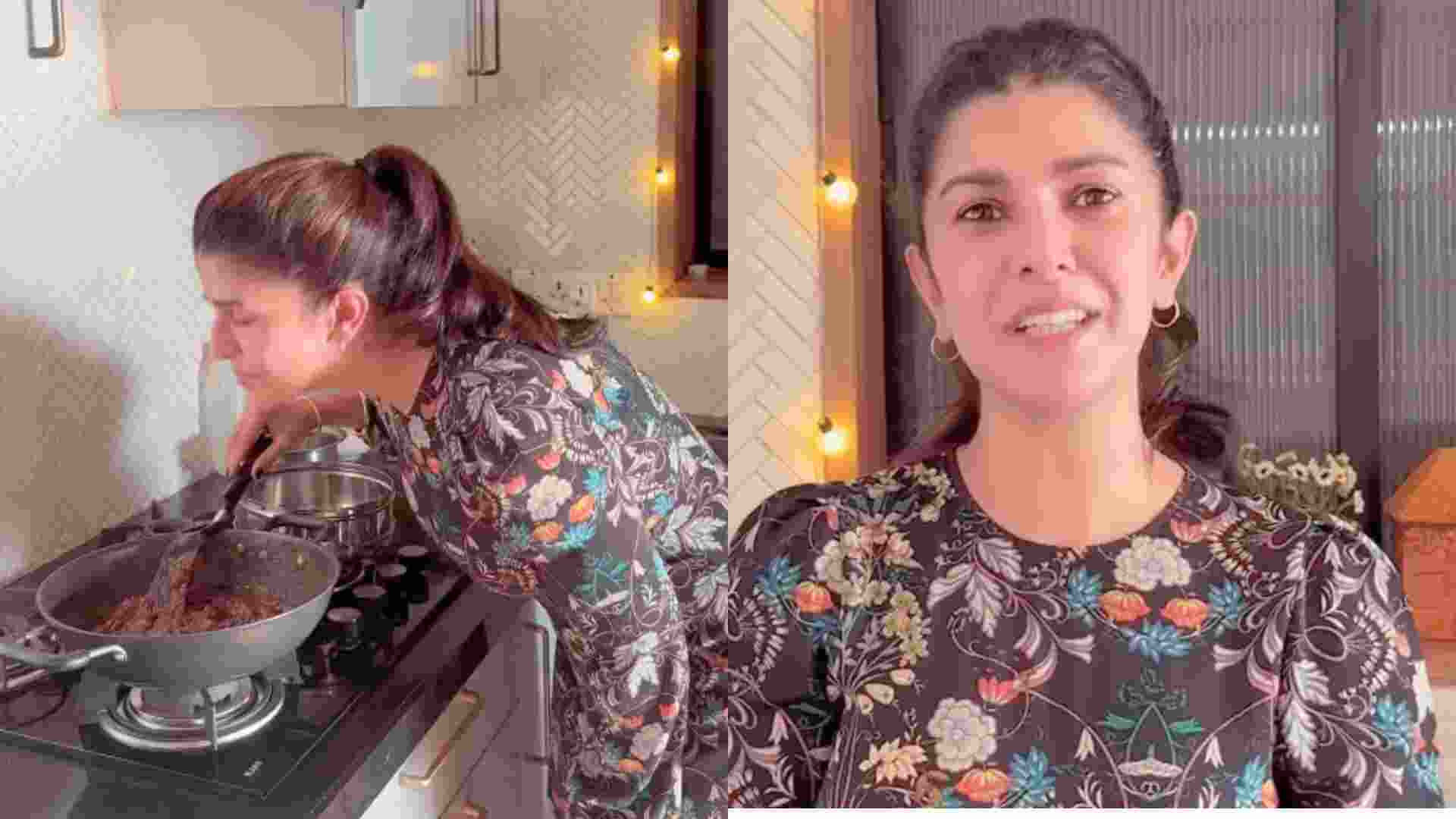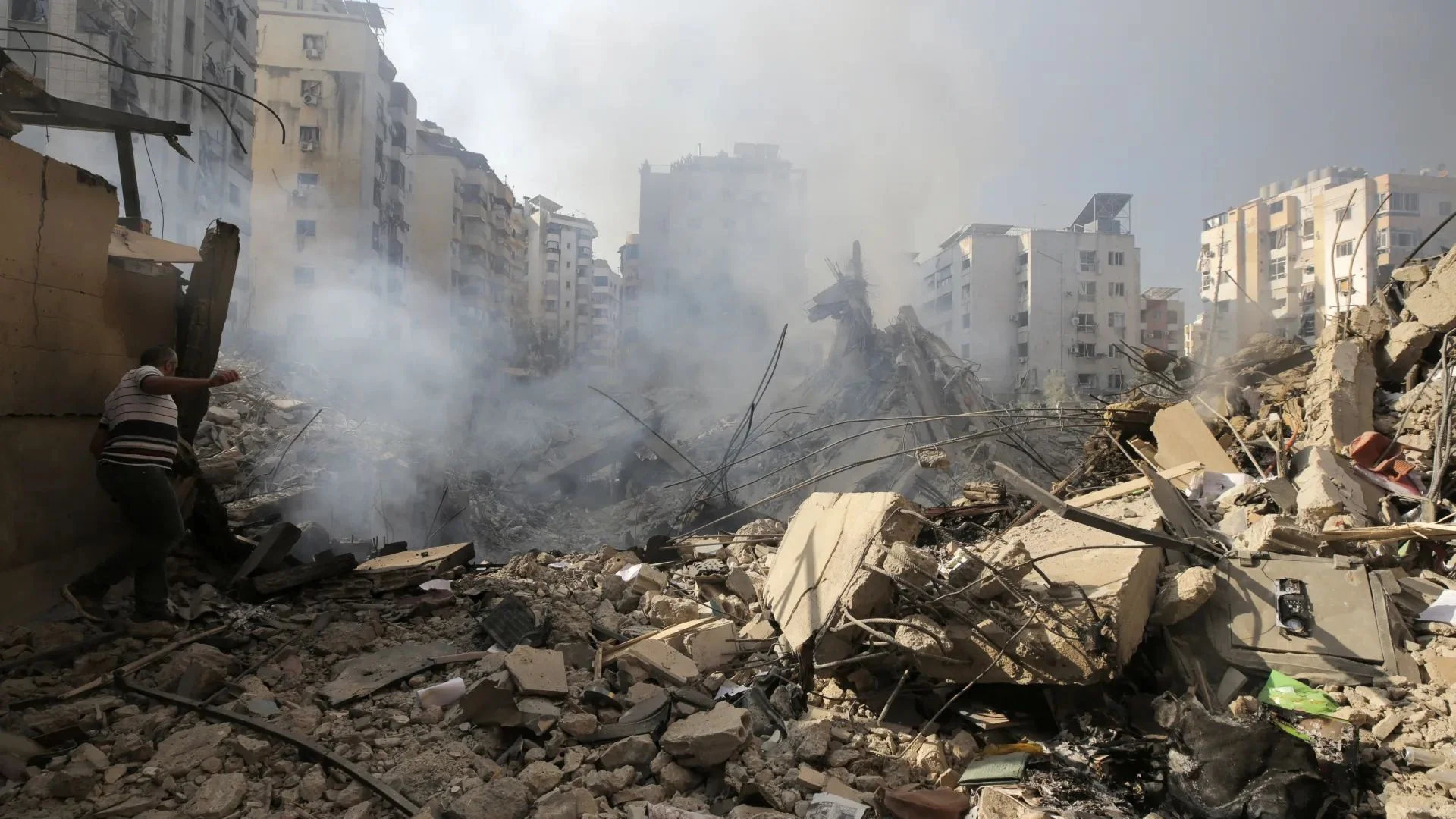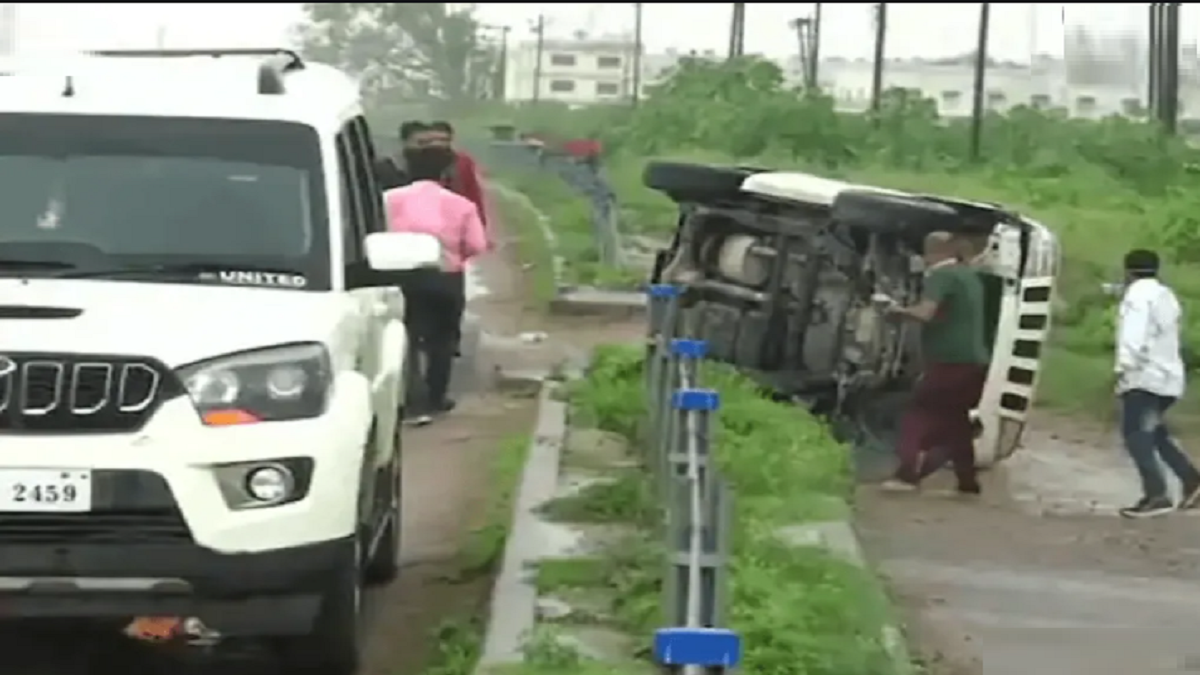
In many countries, what the news media calls “official sources”—usually spokespersons or statements released by a government or organisation—are having a field day. Being official somehow lends the assumption of credibility. Sometimes, a news agency could become a de facto media outlet for these official sources. On the other hand, official sources are only ending up being on one side of an active binary.
Earlier this month, ABNCBN, the largest broadcasting network in the Philippines, downed its shutters after the country’s National Telecommunications Commission ordered a cease-and-desist. About 11,000 of its employees were out of jobs as the network’s licence expired this month. The lawmakers in Congress, most of whom are aligned with President Rodrigo Duterte, refused to renew it. Predictably, the network was critical of the government, doggedly exposing the government’s authoritarian actions.
This kind of drastic action is unlikely in the foreseeable future in most democratic countries. There is a more efficient and effective way to control narratives without having to change media ownership. In India, critical news media owners in India have faced tax raids and police FIRs. But an even more subtle and longterm is to co-opt credibility, where official sources prevail because the alternative, independent voices are not present, or are discredited.
The Vikas visuals. Let us examine one aspect of this strategy—the importance of visuals. This month’s “KIE” (killed-in-encounter) case from Uttar Pradesh has ruffled political feathers, again. Vikas Dubey, a gangster known for decades for his political links with every ruling party, crossed two state borders without difficulty and then was captured in a most perplexingly anticlimactic fashion. Several of my friends predicted on social media what would happen next, one even predicting that “On his way back, Vikas will try to snatch a police gun, and will be shot dead.” His forecast, a botlike predictive logic, was stunningly accurate.
When the media did arrive, the scene looked like a crime scene set of a bad cops-and-robbers thriller. Since the official sources— the police—were ready with the story, reporters took their quotes, and then interpreted them through logic. The more pesky reporters sought quotes from locals. But in the end, lack of visuals meant emergence of visualisation: The fact that media vehicles were stopped a few kilometres before this incident is only one of the inconsistencies in this incident. The police brazened it out, having successfully been through this routine hundreds of times in recent years (a report says Dubey’s is the 119th KIE since Yogi Adityanath became Chief Minister).
Absence of visual evidence also triggers visuals that fill the gaps in the narrative—memes, graphs, and photographs that are often manipulated. In one such “photograph”, Dubey is claimed to be seen praying at Yogi Adityanath’s feet, perhaps in an attempt to establish a nexus between the criminal and the CM. A news report verifies that the person is not Dubey at all.
Visuals are no longer the last word. Words have always been suspect, but photographic evidence is considered clinching evidence. Traditionally, news media relies on visual evidence—photographs or video—and followed by independent sources. The lack of one means the collapse of the other. News media attempts to report to us what reporters know from speaking to sources, but the lack of visual evidence is a big factor that gives rise to binary narratives.
With so many applications freely available, photographic evidence is just as vulnerable to manipulation. Under the presumption that people still trust visuals more, social media rife with images—memes and others that nudge us to believe them. The idea that media messages, specifically, visual messages, are value-laden is perhaps one of the biggest lessons in media literacy. Fittingly, a large proportion of fake news is also based on visuals.
Setting a context. A recent study, jointly conducted by scholars at the Institute of Data, Systems and Society at the Massachusetts Institute of Technology (MIT) in the United States, examined role of misinformation on personal chat and groups app WhatsApp. The study over the 2019 elections in India addressed, among other questions, how prevalent image-based misinformation over WhatsApp is. The researchers gathered data from over 5,000 political groups on WhatsApp that discussed Indian politics, and collected over 5 million messages shared by over 250,000 users over nine months. Roughly 35 per cent of the content is comprised of visuals. A sample of the visual content was annotated. More than 25 per cent of the most popular images annotated turned out to be misinformation, while about 40 per cent of them were clearly not fake. A large proportion could not even be verified.
The study reveals something interesting. A much larger proportion of misinformation images are shared than those that are not fake. Also, images manipulated on Photoshop or other editing applications constitute only 10 per cent of all fake images. The biggest proportion (34 per cent) comes from old images taken out of context. The second biggest chunk (30 per cent) is memes that rattle off false quotes or statistics.
This is an interesting, but not surprising, finding. There is some debate about whether misinformation has a real impact on our belief and choice. Of the 64 per cent of images that are manipulative or tell only one side of a story, how many exert real influence on a user, say, in our political beliefs?
But even more subtle are real images that do not build the entire context. A journalist friend recently confided that in his initial years as a journalist decades ago, they would normally assume official sources stated facts. (“The vehicle toppled and the gangster snatched a police gun.”) Today, it has become customary to prefix the statement with an attribution. (“Police claim the vehicle toppled and the gangster snatched their gun.”) As live visuals of incidents are rare, we depend on a reporter on the ground to construct the context. This is shown to us as “live”—therefore, somehow real. In reality, it is a narrative constructed from the scene where a past incident happened. Such is the paradox of our trust in visual evidence.
Shashidhar Nanjundaiahb has led media institutes of repute and is the founder of BeingResponsible.
